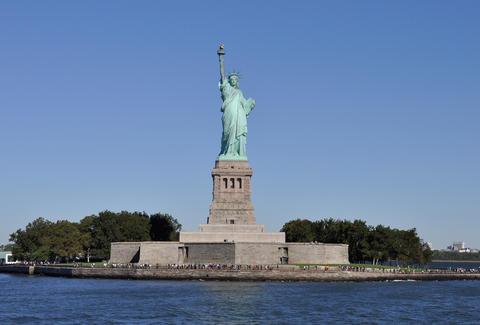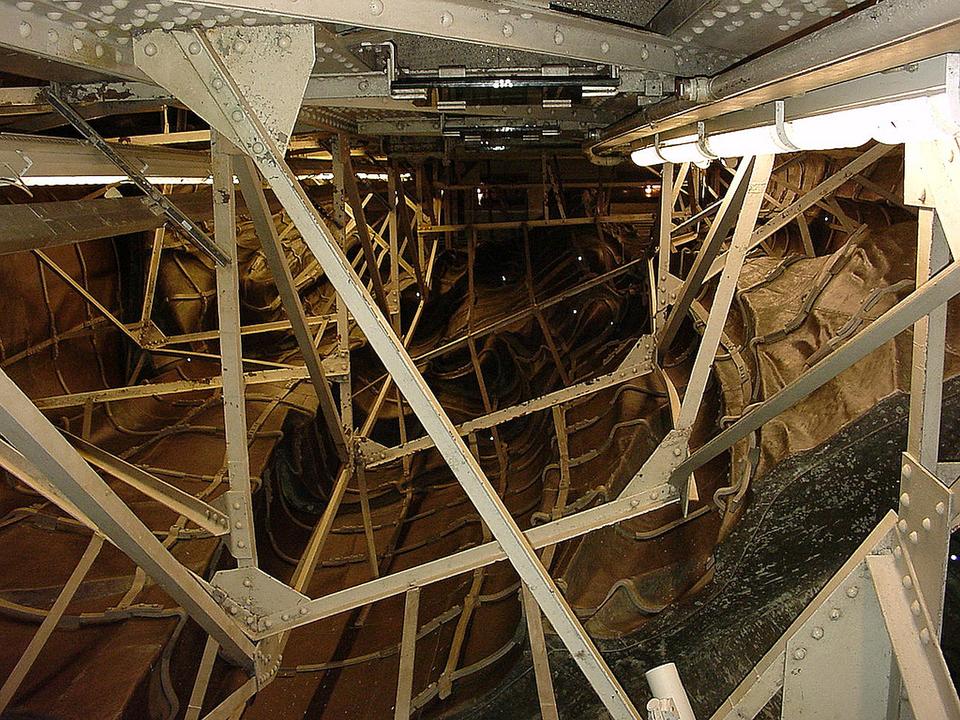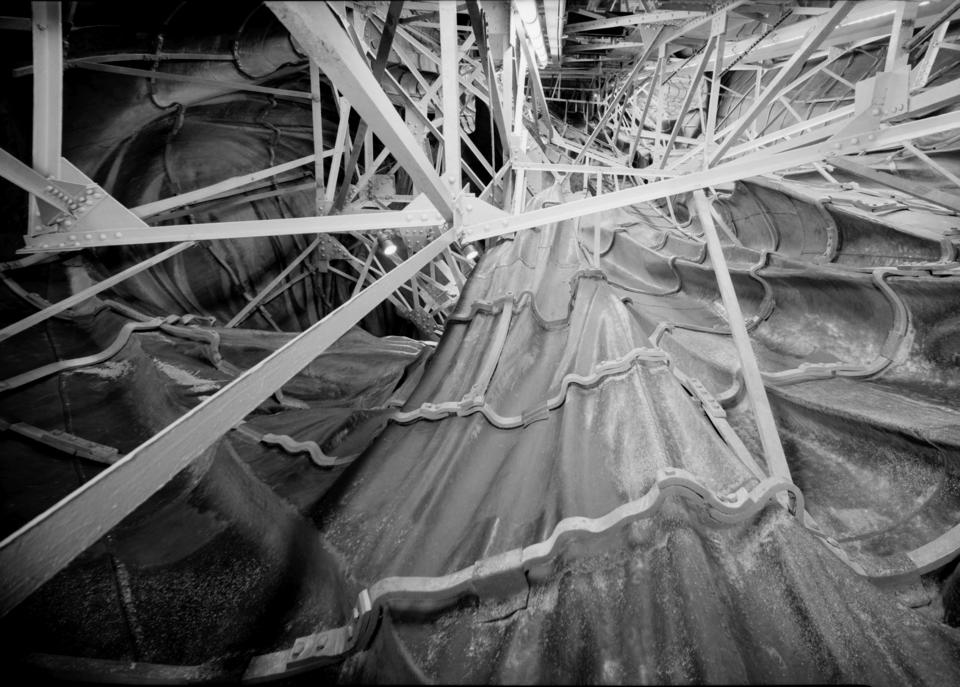The Statue of Liberty Still Stands Tall, Thanks to Science
- Corrosion damaged the Statue of Liberty over the course of decades.
- In the 1980s, NIST experts figured out why and recommended a solution.
- The experts’ solution worked, and the corrosion was reversed. Lady Liberty still stands tall.
She’s been called the Mother of Exiles, the Lady with the Lamp, and simply Lady Liberty. Her formal name is Liberty Enlightening the World, but we know her best as the Statue of Liberty.

The Statue of Liberty is 93 meters (305 feet) tall and weighs 204,000 kilograms (450,000 pounds). Designed and built by sculptor Frédéric Auguste Bartholdi and engineer Gustave Eiffel, Lady Liberty has four huge iron columns supporting an iron framework (known as an armature) and a thin copper skin.
The statue was a gift from France in honor of America’s 100th birthday in 1876, but the pieces did not arrive in New York for assembly until eight years later.
Corrosion can occur when one metal (iron) meets another (copper). So, U.S. engineers separated the iron from the copper in the statue with a layer of shellac-coated asbestos.
Unfortunately, it wasn’t a permanent fix.
When the National Park Service (NPS) started a restoration project for the Statue of Liberty in 1981, they sent pieces of her armature to metallurgists at the National Institute of Standards and Technology (NIST), then known as the National Bureau of Standards.
NIST researchers discovered that the shellac had disintegrated over time, and the asbestos had become dry and porous. This allowed moisture and salt from the ocean air of New York Harbor to react with both the copper and iron. Back in contact, the two metals produced electric currents like a battery, causing corrosion.

The experts recommended that the National Park Service replace most of the framework in the Statue of Liberty with a corrosion-resistant metal. After extensive testing of candidates, the National Park Service chose a chromium-nickel-molybdenum stainless steel alloy and coated it with nonstick Teflon® to prevent friction and wear.

In 1996, 10 years after the Statue of Liberty restoration project was completed, inspections confirmed that the NIST plan for saving Lady Liberty had worked. All previous corrosion impacts had been reversed, and no new problems were detected.
Did You Know?
- Three other metal alloys were considered before chromium-nickel-molybdenum stainless steel was selected for the statue’s new framework: aluminum and bronze, copper and nickel, and ferralium (chromium-iron-nickel stainless steel).
- During the removal of Lady Liberty’s corroding skeleton, workers found an armature bar near one of the arms that bore the names of the original 40 ironworkers who installed the framework in the 1880s. After its removal, the bar was photographed and appeared in the June 1986 issue of Smithsonian magazine.

